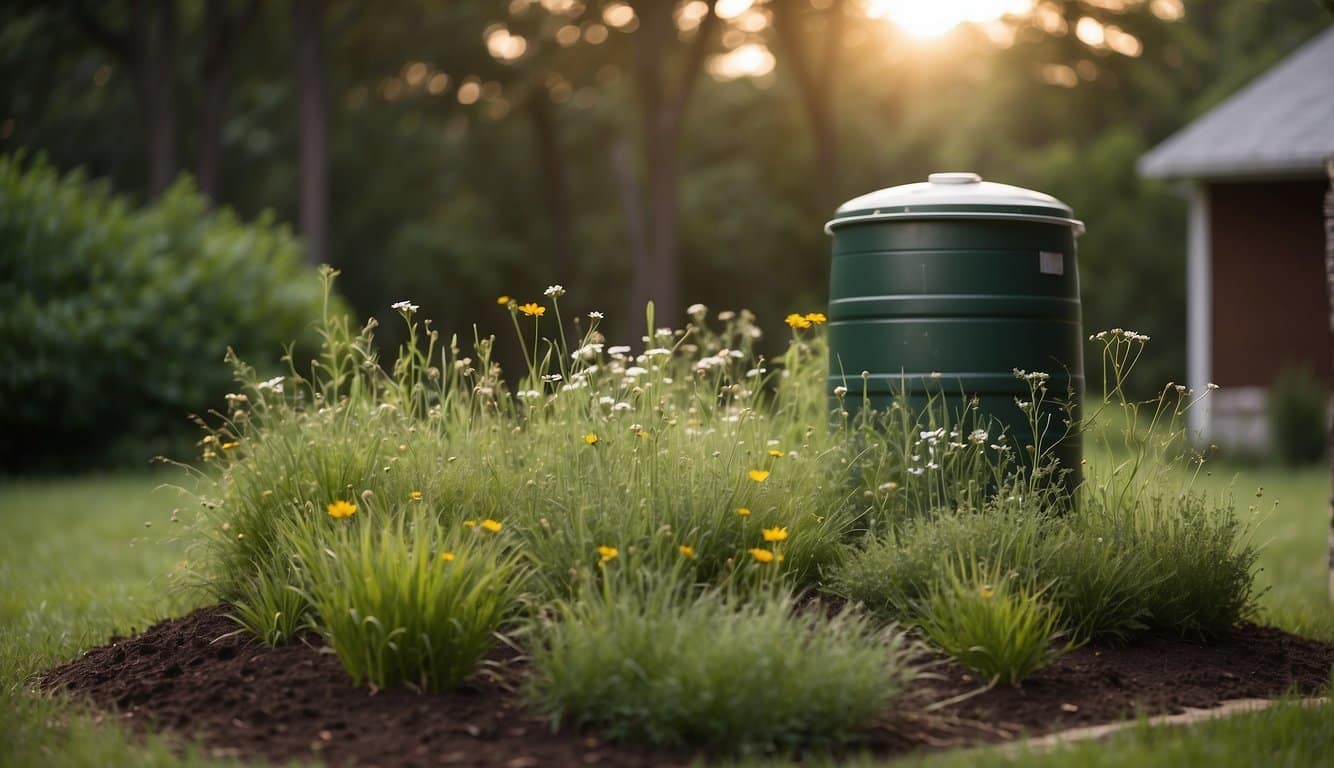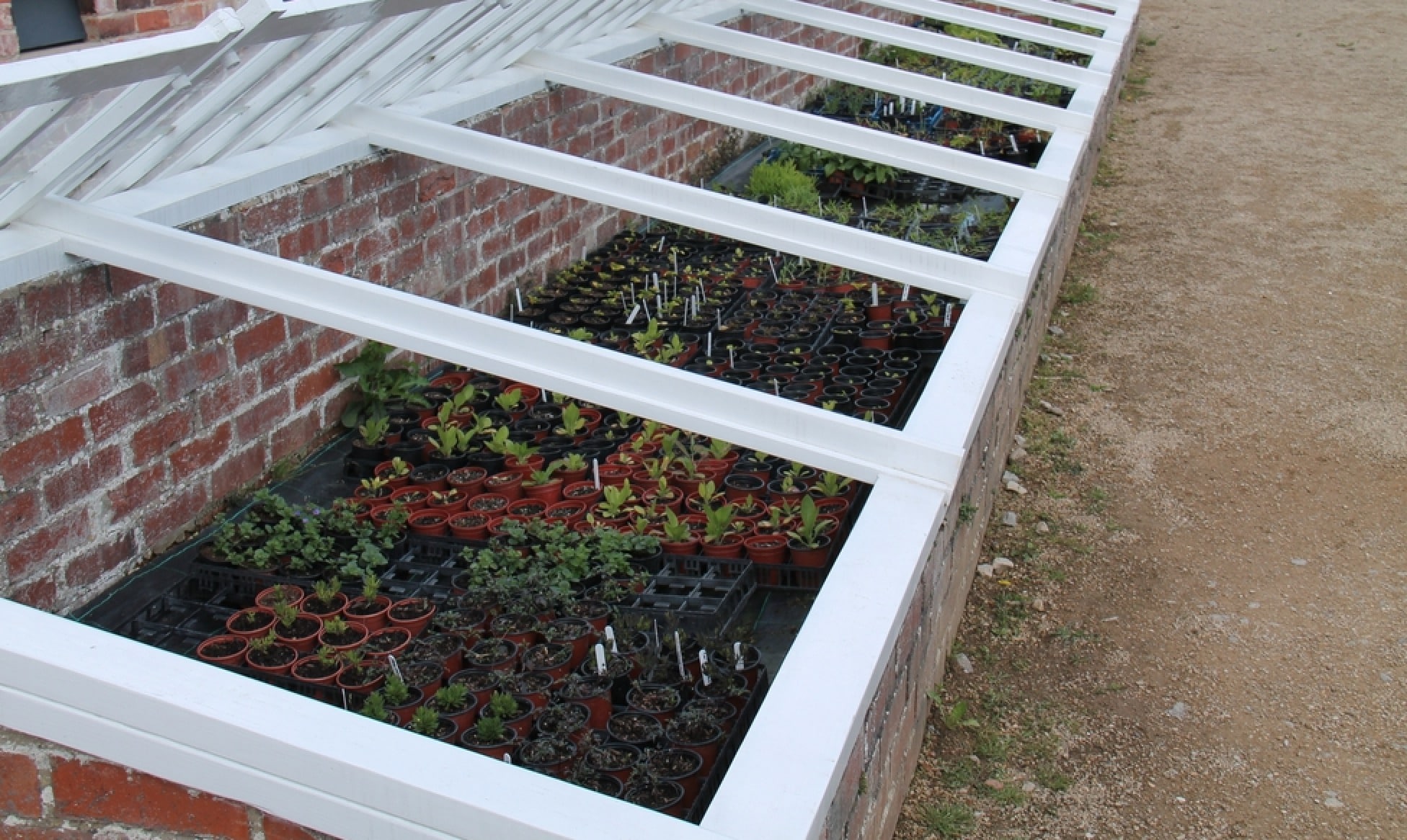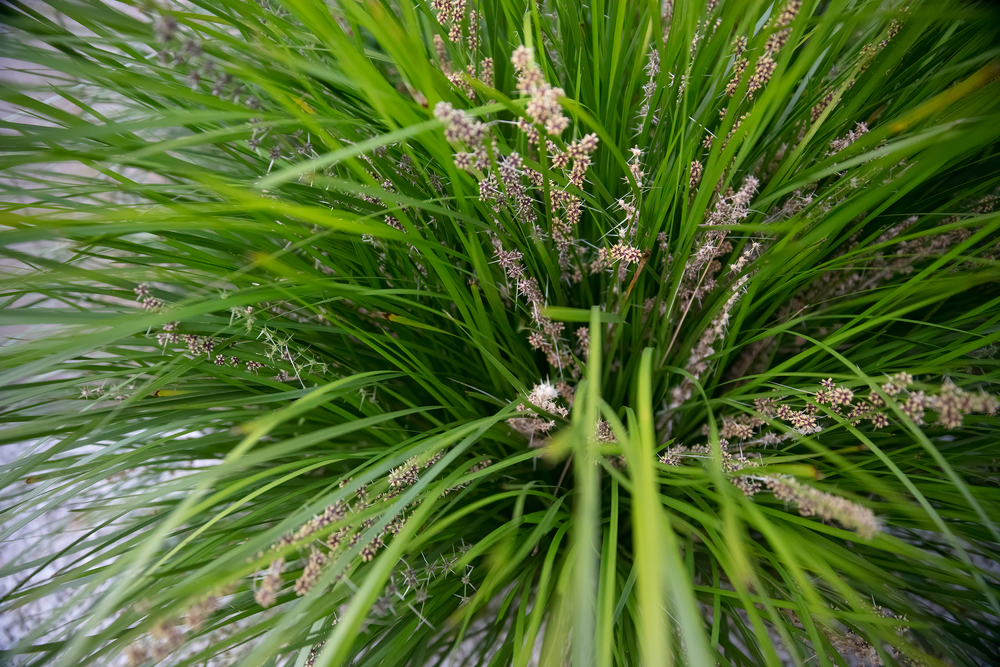Sustainable Lawn Alternatives: Kick The Grass to The Curb

When considering lawn alternatives for your Illinois home, sustainability plays a crucial role. Traditional lawns, dominated by turfgrass, often require extensive watering, fertilizing, and mowing. This routine can negatively impact both your wallet and the environment.
Sustainable lawn options aim to reduce these inputs while creating an aesthetically pleasing outdoor space.
Why Consider Alternatives?
- Water Conservation: Non-turf options typically need less water.
- Reduced Maintenance: Certain alternatives demand minimal mowing and upkeep.
- Eco-Friendliness: They promote biodiversity and soil health.
Popular Alternatives
Clover: This hardy plant stays green, fixes nitrogen in the soil (which promotes soil health), and requires infrequent mowing.
Native Grasses Like buffalograss are adapted to the region’s climate and offer a lush look with less water.
Groundcovers: Low-growing plants form a carpet-like appearance and can serve as living mulch, mitigating weeds and retaining moisture.
Cost Considerations
- Clover: Approximately $1 per 1,000 square feet.
- No-Mow Grasses: Between $1 to $7 per 1,000 square feet.
- Traditional Turfgrass Seeds: Range from $4 to $40 per 1,000 square feet.
Native Plant Selections for Illinois Homes
Making a shift towards a sustainable landscape with native plants not only enhances the beauty of your home but also supports local ecosystems.
Specifically tailored for Illinois homes, native plant selections offer a variety of aesthetic and ecological benefits.
Grass Alternatives
For a lawn that requires less maintenance and provides ecological bonuses, consider prairie grasses. These grasses typically have deep roots, which help in soil stabilization and improve soil’s water absorption.
Two prominent grass alternatives include:
- Buffalo Grass (Bouteloua dactyloides): Thrives in full sun and tolerates drought.
- Prairie Dropseed (Sporobolus heterolepis): Offers a flowing, fountain-like appearance and requires minimal mowing.
Ground Cover Varieties
Move away from traditional lawns with ground covers that are both robust and attractive. These plants are excellent for filling in spaces and reducing weed growth:
- Wild Ginger (Asarum canadense): Enjoys shade with its heart-shaped leaves.
- Creeping Thyme (Thymus serpyllum): Ideal for sunny spots, this plant provides fragrant foliage and attractive flowers.
Drought-Resistant Plants
Choosing plants that are naturally drought-resistant is key for a low-water landscape design. Here are a couple of drought-resistant natives perfect for Illinois:
- Purple Coneflower (Echinacea purpurea): This sun-loving perennial not only resists drought but also attracts pollinators.
- Little Bluestem (Schizachyrium scoparium): A grass that stands out with its blue-green summer foliage and bronze autumn color.
Designing Your Sustainable Lawn
Creating a sustainable lawn requires a strategic approach to planning and insightful soil preparation.
Both elements are crucial to foster an eco-friendly outdoor space that’s both functional and aesthetically pleasing for your Illinois home.
Lawn Planning and Design
To ensure your lawn aligns with sustainability goals, start by assessing your space and local climate conditions.
- Climate Considerations: Illinois exhibits a diverse climate. Identify grass alternatives that thrive in your local weather patterns:
- Northern Illinois: Opt for shade-tolerant and cool-season species.
- Southern Illinois: Choose heat-resistant varieties like buffalo grass or clover.
- Functionality and Aesthetics: Balance between the functional use of your lawn and the desired visual presentation.
- Areas for Activity: Allocate space for activities like outdoor seating or play areas; use durable groundcovers.
- Visual Appeal: Incorporate native perennials and flowering plants to enhance biodiversity and beauty.
Soil Preparation for Sustainability
The health of your soil is a foundational aspect of a sustainable lawn that often goes unnoticed.
- Testing Soil: Begin with a soil test to determine pH and nutrient levels. Amend your soil based on test results:
- pH Level Adjustments: If your soil is too acidic or alkaline, apply lime or sulfur respectively.
- Nutrition Enhancement: Enrich your soil with organic compost to improve fertility and structure.
- Drainage and Composition: Ensure proper drainage to prevent waterlogged soil.
- Coarse Sand Addition: For compacted soil, add coarse sand to enhance permeability.
- Organic Matter: Boost water retention and beneficial microbial activity by integrating organic matter like peat moss or leaf mold.
Installation and Maintenance of Alternative Lawns
Choosing an alternative lawn is a great step towards sustainability. Keep in mind that the success of these eco-friendly options depends largely on appropriate installation techniques and consistent maintenance practices.
Planting Techniques
To establish an alternative lawn, you need to select the right plant species that thrive in Illinois’s climate.
For groundcovers, proper spacing is essential:
- Creeping thyme: Space 8–12 inches apart for full coverage in one season.
- Buffalo grass: Plant plugs 6–18 inches apart to allow for natural spreading.
Aeration and soil amendment may also be necessary, depending on the plant type and your current soil composition.
Water Conservation Methods
Incorporating water conservation into your lawn care is crucial. Here are some methods:
- Rainwater harvesting: Set up rain barrels to collect water for irrigation.
- Drip irrigation: Install a drip system to deliver water directly to the roots with minimal waste.
Mulching around plants will retain moisture and reduce the need for frequent watering.
Eco-Friendly Lawn Care Practices
Once your lawn is in place, eco-friendly care is key. Embrace the following practices:
- Organic fertilizers: Use compost or organic products instead of synthetic fertilizers.
- Mowing: If your alternative lawn includes grassy areas, mow at the highest setting to encourage deep roots and reduce the need for water.
Invasive weed management can often be handled manually or with organic herbicide alternatives, maintaining the integrity of your sustainable lawn.
Environmental Benefits and Impact
When you replace a traditional grass lawn with a sustainable alternative, you not only contribute to ecological health, but you also partake in a global effort to reduce the strain on natural resources.
Reduction of Water Usage
Your decision to implement a water-wise landscape can significantly reduce your outdoor water consumption.
In Illinois, where summer droughts can be common, alternatives like native prairie plants are adapted to the local climate and require far less irrigation than traditional turfgrass.
Not only does this save you on your water bill, but it also conserves an essential resource and reduces stress on municipal water supply systems.
Supporting Biodiversity
By choosing diverse plant species for your yard, you create a habitat haven for local wildlife.
Native plants offer food and shelter for pollinators, birds, and beneficial insects, therefore, enhancing the ecological web of your area.
For instance, incorporating flowering plants such as purple coneflower and black-eyed Susan can attract butterflies, while grasses like big bluestem provide nesting materials for birds.
Carbon Footprint Mitigation
Grass lawns are often associated with high carbon emissions due to maintenance activities like mowing, which use gasoline-powered equipment.
Sustainable lawn alternatives reduce this output by minimizing the need for regular cutting.
What’s more, by including perennials that capture carbon in the soil and by eliminating the need for synthetic fertilizers, you are actively helping to mitigate your garden’s carbon footprint.
This shift not only contributes to cleaner air but also enhances soil quality over time.
Frequently Asked Questions
Exploring sustainable lawn alternatives can significantly benefit your Illinois home by reducing water usage and maintenance. The following FAQs address common concerns and options available.
What are some popular drought-resistant plants suitable for replacing traditional lawns in Illinois?
Drought-resistant plants for Illinois include native prairie grasses like buffalo grass and blue grama, which are well-suited to the regional climate. These varieties require minimal watering once established.
How can homeowners in the Midwest region select the best grass alternatives for their yards?
To select the best grass alternatives in the Midwest, consider your soil type, sunlight exposure, and desired maintenance level. Consulting with local nurseries or horticulturalists can also provide tailored recommendations.
What ground covers are recommended by the Chicago Botanic Garden for sustainable lawns?
The Chicago Botanic Garden recommends ground covers such as clover, moss, or native wildflowers. These ground covers contribute to biodiversity and require less upkeep than traditional lawns.
For homeowners in Illinois seeking sustainable lawn options, what are the principal benefits over standard turfgrass?
Opting for sustainable lawn alternatives in Illinois results in lower water consumption, reduced need for chemical fertilizers and pesticides, and increased habitat for local wildlife.
In the context of Illinois’ climate, which perennial plants offer a visually appealing and low-maintenance lawn alternative?
Perennial plants suited for Illinois that offer a beautiful and low-maintenance lawn include sedges, creeping thyme, and perennial ryegrass. These plants require less frequent mowing and can thrive in varying weather conditions.
What are some cost-effective and eco-friendly solutions for homeowners looking to transition away from grass lawns?
Cost-effective and eco-friendly solutions include mulching, xeriscaping with native plants, and utilizing ground covers like clover. These can lower your yard’s environmental footprint and maintenance costs.

